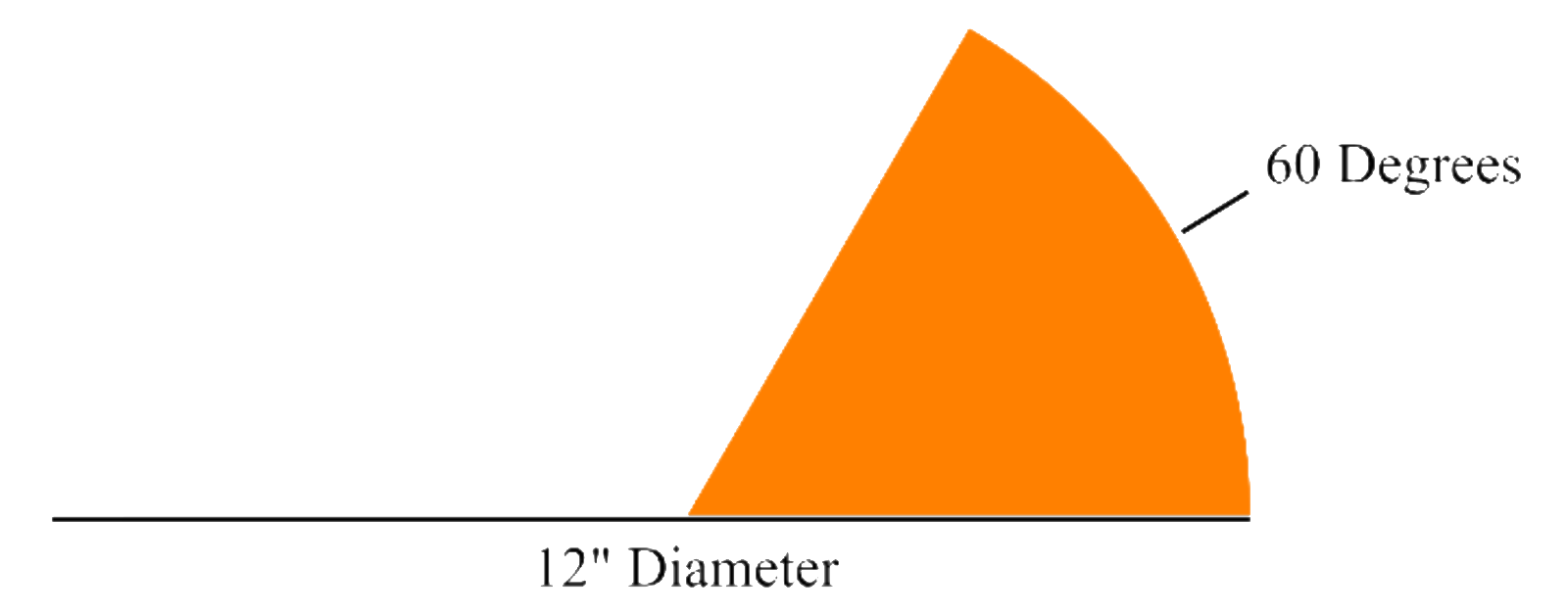1: What an Odd Bunch
Write a function that will return the first n odd natural numbers.
Examples:
your_function 5
1 3 5 7 9
your_function 1
1
your_function 0 ⍝ should return an empty vector
2: Good Evening
Write a function that takes an integer array and replaces all the odd numbers with the next greater even number.
Examples:
your_function 1 2 3 4 5
2 2 4 4 6
your_function ⍬ ⍝ should return an empty vector
your_function 4 4⍴⍳16 ⍝ should work with arrays of any rank
2 2 4 4
6 6 8 8
10 10 12 12
14 14 16 16
3: Miss Quoted
Write a function that will remove text found between pairs of double quotes (").
💡 Hint: One technique is to use ≠\, but there are many ways to solve this problem.
Examples:
your_function 'this "is" a test'
this "" a test
your_function 'this is a test'
this is a test
your_function 'this "is" a "test"'
this "" a ""
your_function '' ⍝ should return an empty vector
4: Slice(s) of Pie(s)
Write a function that calculates and returns the areas of 0 or more pie slices. The left argument is 0 or more angles (in degrees). The right argument is 0 or more pie diameters. If the number of angles and diameters are not equal to each other (and neither is a single number), a LENGTH ERROR should be generated.

💡 Hint: If you use APL properly, you should not have to check for the length of either argument – it will just work.
Examples:
60 your_function 12
18.84955592
0 your_function 12 ⍝ 0 degree slice
0
60 your_function 0 ⍝ 0 diameter pie
0
60 your_function 9 12 15 ⍝ 60 degree slices of 3 different pies
10.60287521 18.84955592 29.45243113
60 90 120 your_function 12 ⍝ 3 different size slices of the same pie
18.84955592 28.27433388 37.69911184
60 90 120 your_function 9 12 15 ⍝ different sizes of different pies
10.60287521 28.27433388 58.90486225
60 90 120 your_function 9 12 ⍝ 3 slices, 2 pies?
LENGTH ERROR
5: DNA?
Write a a function that takes a string representing a nucleotide and returns a 1 if it is a valid DNA string, 0 otherwise. In other words, are all the characters in the string in the set 'ACGT'?
Examples:
your_function 'ATGCTTCAGAAAGGTCTTACG'
1
your_function 'Dyalog'
0
your_function '' ⍝ an empty string is valid
1
your_function 'T'
1
6: k-mers
The term k-mer typically refers to all the possible substrings of length k that are contained in a string. In computational genomics, k-mers refer to all the possible subsequences (of length k) from a read obtained through DNA Sequencing. Write a dfn that takes a character vector as its right argument and k (the substring length) as its left argument and returns a vector of the k-mers of the original string.
Examples:
4 your_function 'ATCGAAGGTCGT'
┌────┬────┬────┬────┬────┬────┬────┬────┬────┐
│ATCG│TCGA│CGAA│GAAG│AAGG│AGGT│GGTC│GTCG│TCGT│
└────┴────┴────┴────┴────┴────┴────┴────┴────┘
4 your_function 'AC' ⍝ k>string length? Return an empty vector
7: Counting DNA Nucleotides
Write a function that takes a character vector representing a DNA string and returns 4 integers of the number of occurrences for each of the symbols ‘A’, ‘C’, ‘G’, and ‘T’ respectively.
Examples:
your_function 'AGCTTTTCATTCTGACTGCTGTCTTTAAAAAAAGAGTGTCTGATAGCAG'
14 8 10 17
your_function 'CCAAATGGGG
3 2 4 1
your_function ''
0 0 0 0
your_function ,'G'
0 0 1 0
8: Be the First 1
Write a dfn that takes a Boolean vector or scalar and “turns off” all the 1s after the first 1.
Examples:
your_function 0 1 0 1 0 0 1
0 1 0 0 0 0 0
your_function ⍬ ⍝ should return an empty vector
your_function 0 0 0 0 ⍝ no 1's? no problem!
0 0 0 0
9: Double Trouble
Write a function that takes a character vector or scalar and returns a Boolean vector indicating anywhere an element is followed by an element of the same value.
Examples:
your_function 'bookkeeper'
0 1 0 1 0 1 0 0 0 0
your_function '' ⍝ should return an empty vector
your_function 'aaaaaa'
1 1 1 1 1 0
your_function 'd'
0
10: Squaring Off
Write a function that will reshape a given array into the smallest square matrix that will contain all the elements of the argument, padding with additional elements if necessary. The pad element should be 0 if the array is numeric and space ' ' if the array is character.
Examples:
your_function 1 2 3 4
1 2
3 4
your_function 1 2 3 4 5
1 2 3
4 5 0
0 0 0
your_function 'Dyalog APL' ⍝ should work with any data
Dyal
og A
PL
' '=your_function 'Dyalog APL' ⍝ show where the spaces are
0 0 0 0
0 0 1 0
0 0 1 1
1 1 1 1
your_function 100 ⍝ should return a 1×1 matrix
100
your_function ⍬ ⍝ should return a 0×0 matrix
⍴your_function ⍬ ⍝ should return a 0×0 matrix
0 0